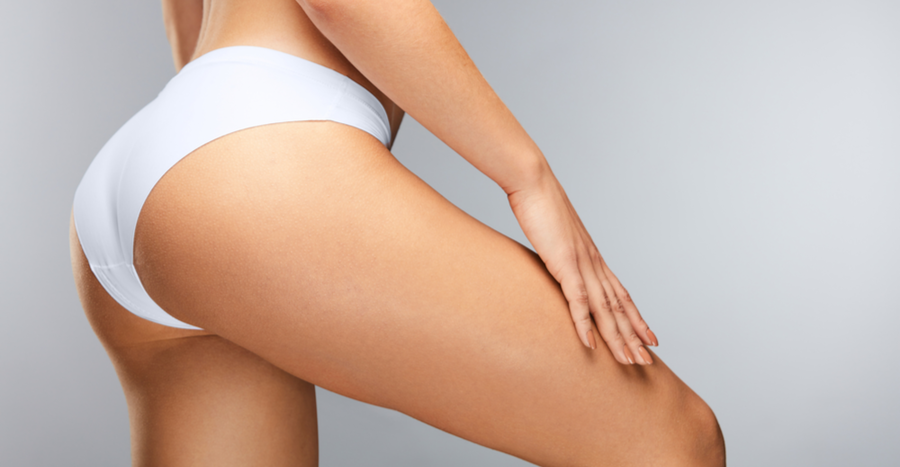
Buttock enhancement has been around for several years and is quite popular in the United States and is becoming more and more popular across all ethnicities. Implants in the buttock region can be placed within the layers of the gluteus maximus muscle of the buttock area. They can be placed underneath the fascia of the gluteus maximus muscle or they can be placed in the subcutaneous area of the buttock region. In general, the most common place buttock implants are placed as of this time, 2013, is the subfascial location. This means that it is placed underneath the top layer of the muscle cartilage. This is a nice improvement and allows the implant to stay within its own pocket. If implants are placed within the muscle, they are more uncomfortable but sometimes allow for an improved cover that is necessary and looks quite nice. Placement of buttock implants can also be helped by adding a fat transfer at the same time.
Gluteal Augmentation is a surgical procedure performed to increase the projection and volume of the buttocks. Gluteal Augmentation procedure involves the insertion of a carefully styled implant in the buttock region through incisions that are hidden even in the smallest of underwear and swimwear. Gluteal implants are made from a soft solid silicone and are available in various sizes and shapes to accommodate the individual patient’s build. Gluteal augmentation can be combined with other body contouring procedures such as 3D Liposculture, which can provide a more contoured appearance.
Recovery
In general we are very selective in the types of patients that we allow to actually proceed with a buttock enhancement procedure. It’s important that they have a good support system at home and are not required to do a lot of extra activity that would inhibit their healing. When the implants do heal, it is very important that patients have an intense commitment to keeping the implants. Postoperative patients can resume their normal activities completely by six weeks.
At one week, patients are able to get around the house, make meals, fold laundry, sweep the floor as long as they’re not using much energy, watch TV in a standing position, talk on the phone, and use computer skills as long as they are standing. In addition, any activity where you are laying on your stomach and not moving from side to side are also options.
For more information contact us at 678-824-8600.






